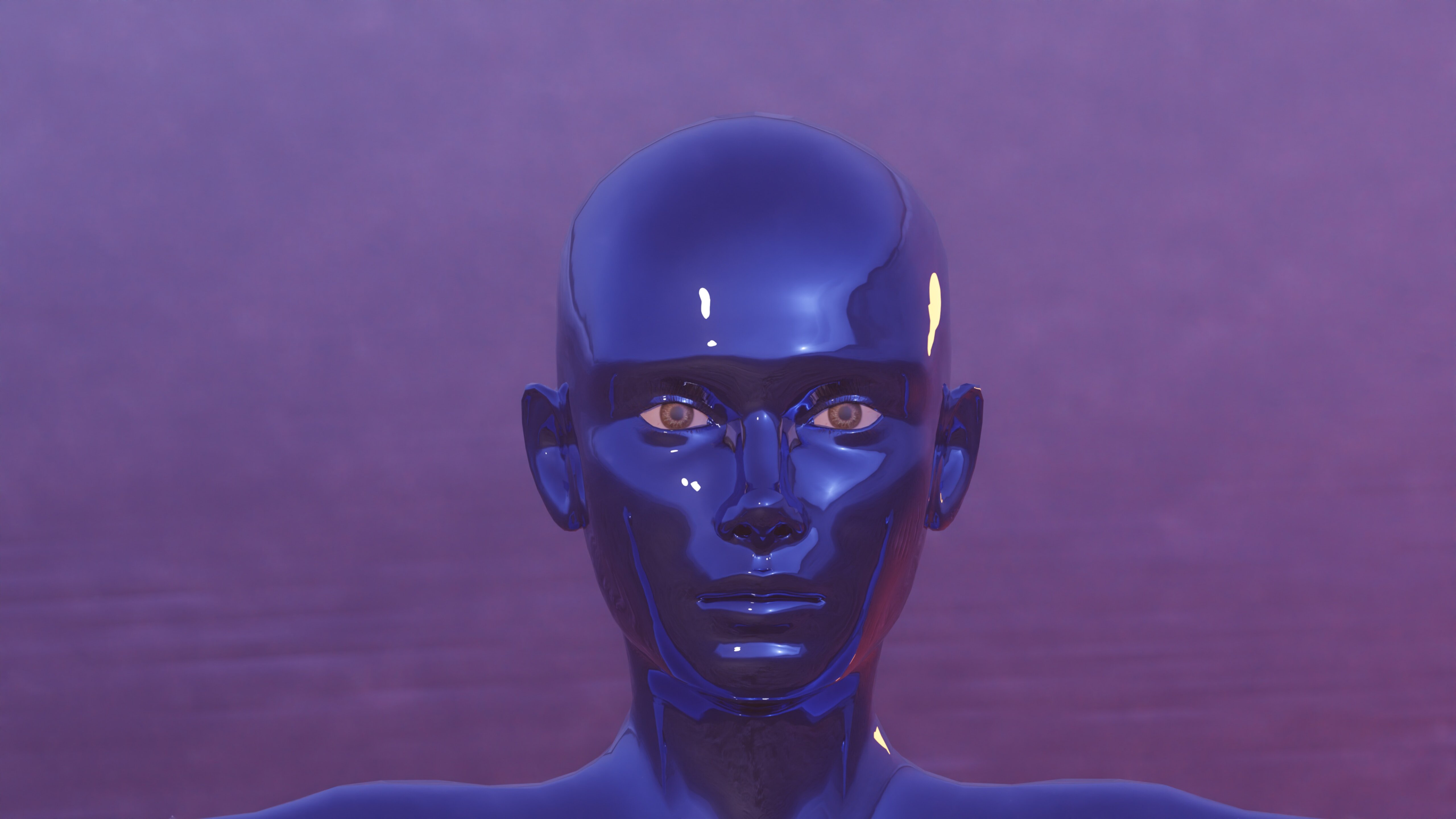Detecting AI-Generated Portraits 7 Key Verification Methods for Photography Clients

The digital photograph, once a relatively straightforward artifact of light hitting a sensor, is undergoing a strange transformation. As computational models become increasingly sophisticated at rendering photorealistic human faces, the line between a captured moment and a synthesized construction blurs into near invisibility for the untrained eye. For clients commissioning portraiture, whether for commercial campaigns or personal archives, this presents a genuine epistemic challenge: how do you verify that the image you are paying for actually originated from a physical sitting and not merely a very clever algorithm? I've spent some time examining the artifacts left behind by generative models, and what I've found suggests that while the technology is advancing rapidly, it still leaves behind subtle, almost tell-tale signatures that a careful observer can spot.
This isn't about simple watermarks or obvious digital artifacts; those are easily scrubbed or avoided by advanced models. We are looking deeper, into the statistical anomalies inherent in how these systems build images from noise and training data. Think of it like fingerprint analysis, but instead of skin oils, we are looking at pixel distributions and the physics of light as simulated by code rather than observed by glass optics. If you are investing substantial resources into visual assets, understanding these verification methods becomes less about paranoia and more about due diligence in a new media environment. Let's examine seven specific areas where current AI portraiture tends to betray its digital origins.
The first area demanding attention is the geometry of the extremities, particularly the hands and sometimes the ears. Even the best models, up to this point in late 2025, still struggle with consistently rendering the correct number of fingers or the natural curvature of knuckles under complex lighting. I often check for subtle asymmetry where the fingers appear to merge slightly or where the shadows cast by the fingers do not align logically with the main light source illuminating the subject's face. Furthermore, observe the fine texture of the skin around the eyes and the hairline; AI often produces skin that is too uniformly smooth, lacking the microscopic imperfections, pores, and subtle variations in tone that natural epidermal layers exhibit under high resolution. This hyper-perfection is often the first giveaway that the image hasn't passed through a real camera lens.
Next, we move into the realm of optical physics simulated within the rendering engine, focusing specifically on the capture of light. Examine the catchlights, those small reflections of the light source visible in the subject's eyes; in authentic photography, these reflections should exhibit precise geometric shapes corresponding to the actual light modifiers used (e.g., a rectangular softbox or a circular ring light). AI-generated catchlights frequently display unnatural circularity or exhibit internal distortions that don't match known optical principles, suggesting the light source was mathematically imposed rather than physically present. Another critical check involves depth of field; while AI can mimic bokeh, the transition between the sharp foreground subject and the blurred background often appears too abrupt or mathematically uniform, lacking the subtle, continuous falloff characteristic of high-quality camera lenses. Pay close attention to how fine details like eyelashes or stray hairs transition into the background blur—a true lens produces a specific, measurable optical signature here that algorithms often approximate imperfectly.
A third method involves scrutinizing the rendering of textiles and complex patterns, such as lace or woven fabric. When a generative model attempts to create complex, repeating micro-patterns, it frequently defaults to statistically probable but ultimately incorrect repetitions, leading to visual "wobbles" or areas where the pattern dissolves into generic texture rather than following the folds of the cloth. Fourth, look at the consistency of background elements; if the subject is sharply focused, background details should exhibit predictable degradation based on distance, yet AI sometimes renders distant objects with a bizarre mix of high detail in one corner and complete abstraction in another, violating spatial logic. The fifth technique involves spectral analysis of color rendition, specifically looking at how the model handles extreme whites and blacks; synthetic images sometimes clip highlights unnaturally or introduce color noise in shadow areas that doesn't correspond to typical sensor behavior.
Sixth, I find examining the subtle asymmetries of the human face highly revealing; real faces are never perfectly symmetrical, and the slight differences in the positioning of the pupils or the placement of the ears provide a statistical fingerprint of reality. AI tends to enforce a mathematical symmetry that reads as subtly "off" to the deeply trained eye. Finally, the seventh verification step requires examining the metadata, though this is becoming less reliable as creators strip or fabricate EXIF data; however, sometimes the creation timestamps or proprietary software tags embedded by the generation platform remain, offering a direct, albeit defeatable, admission of origin. The confluence of these seven observations provides a robust framework for separating authentic photographic creation from computational synthesis.
More Posts from kahma.io:
- →7 Critical Safety Checks Before Living in a Basement Rental Legal Requirements and Red Flags to Watch For
- →7 Data Collection Methods Market Researchers Use to Track Agricultural Commodity Prices in 2024
- →Local PMI Chapters: Examining the Networking Pathway to Proposal Success
- →Zimbabwe's ZiG Currency 80% Value Loss Against USD After Just 8 Months of Implementation
- →Key Reasons Home Installations Fail And Proven Fixes
- →Laser Engraver DIY Troubleshooting and Care